Don’t forget, The Metuchen Cultural Arts Commission will present the Brio Symphonic Band in an Independence Day Concert today, July 4, 2010 at 5:30 p.m. on the Metuchen High School Lawn. Have a great Fourth of July Metuchen! Click here for more information.
On July 4, 1776, we claimed our independence from Britain and Democracy was born. Every day thousands leave their homeland to come to the “land of the free and the home of the brave” so they can begin their American Dream. Metuchen is truly a diverse town made up of dedicated and hardworking people. Each year on July 4, we celebrate that freedom and independence with barbecues, picnics, a swim at the municipal pool and family gatherings. Let’s all reflect what today truly means for us Metuchenites and Americans.
Happy Birthday, America!
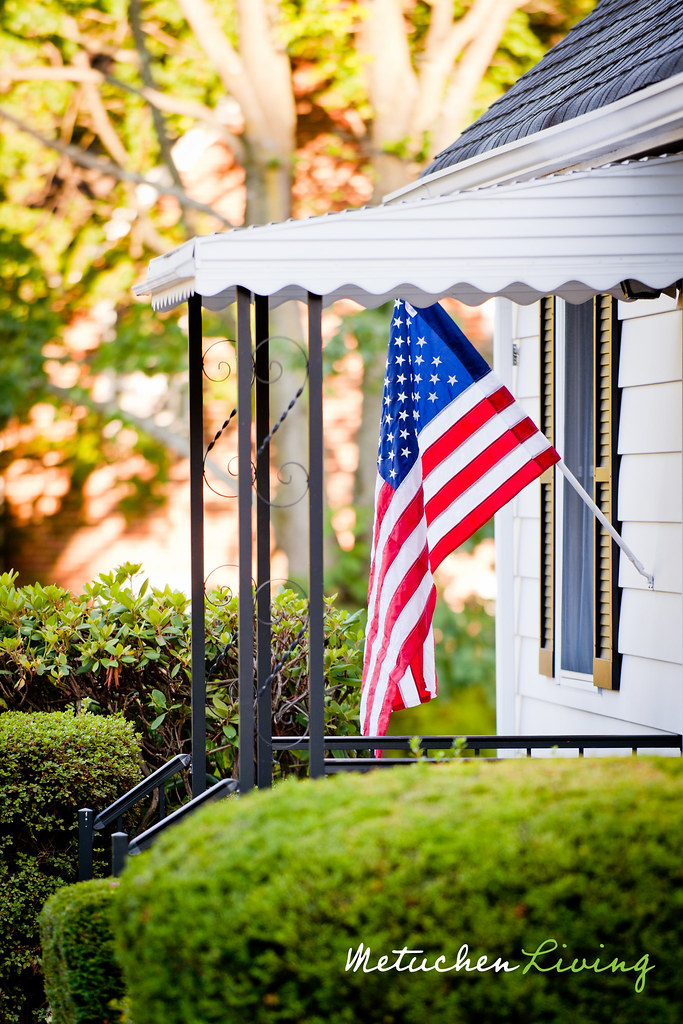

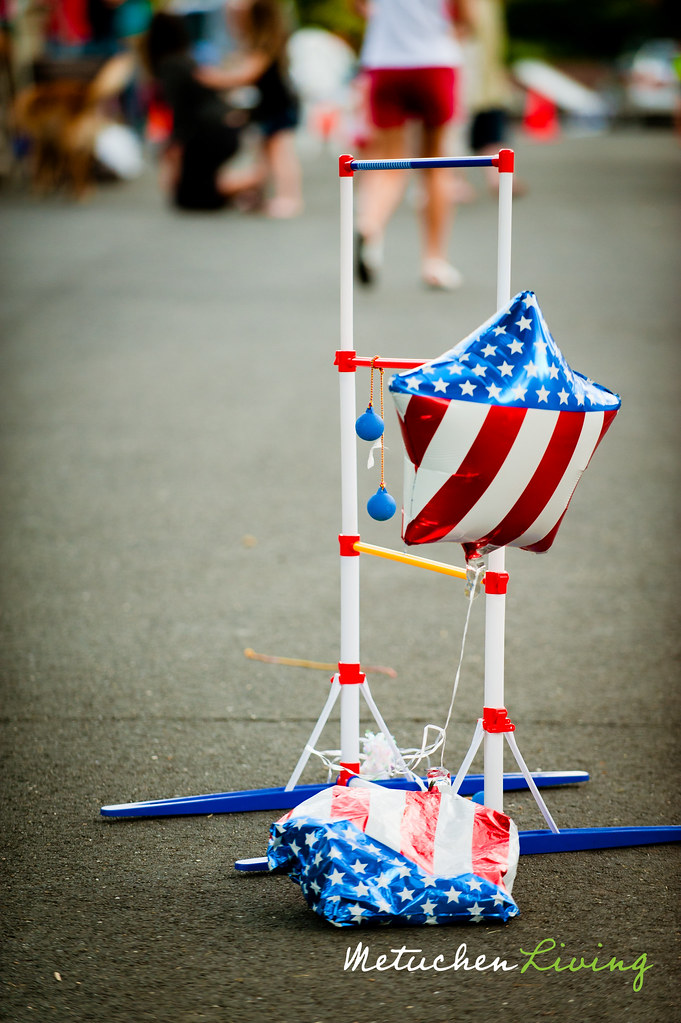
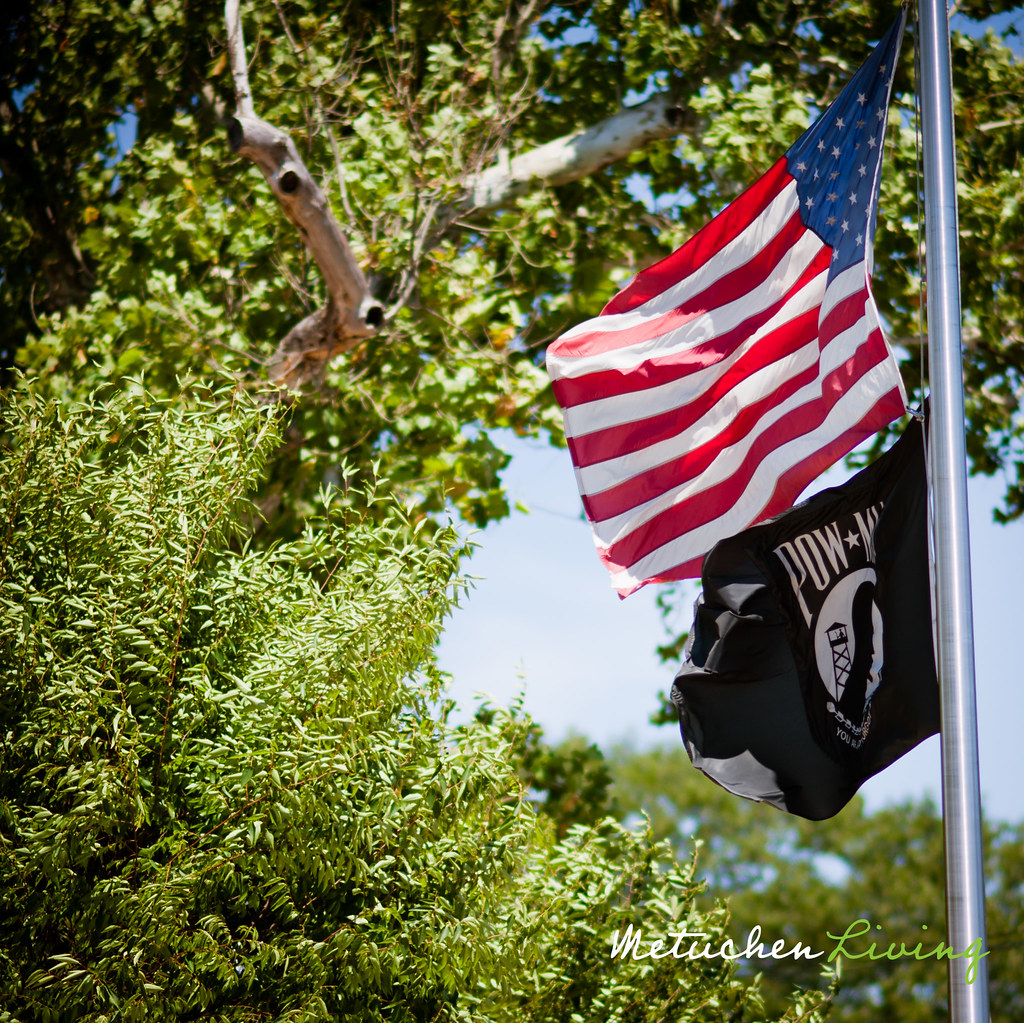
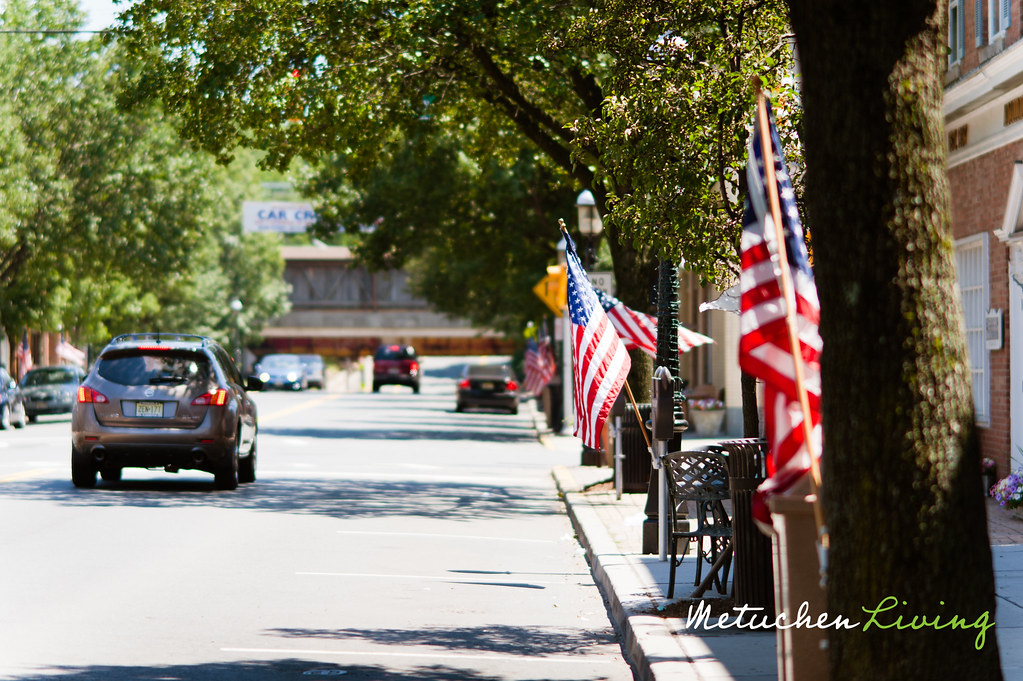


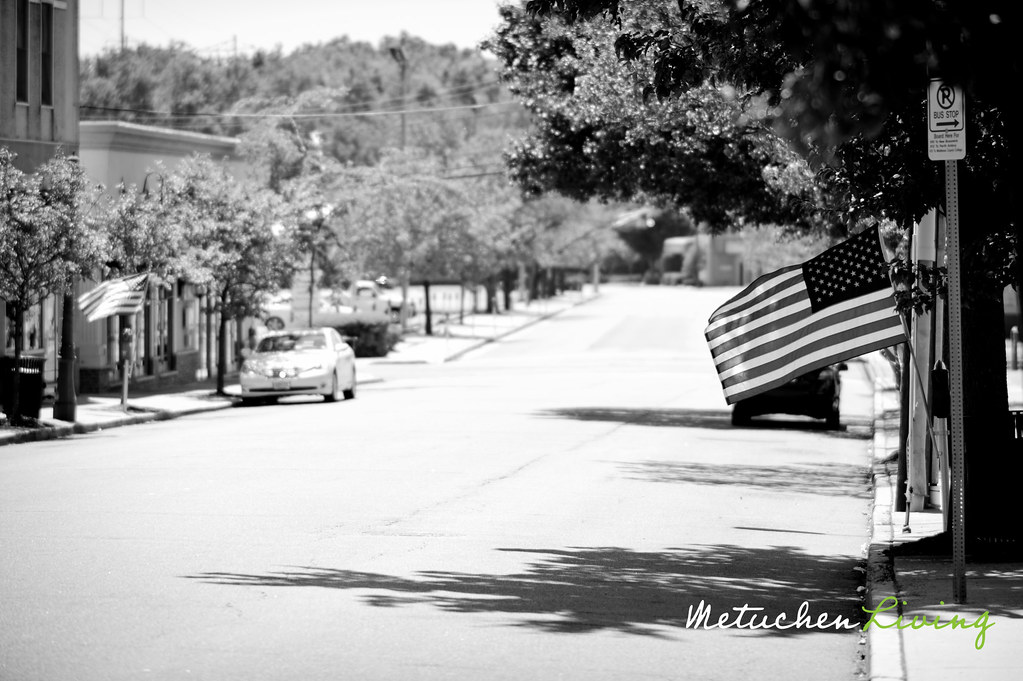

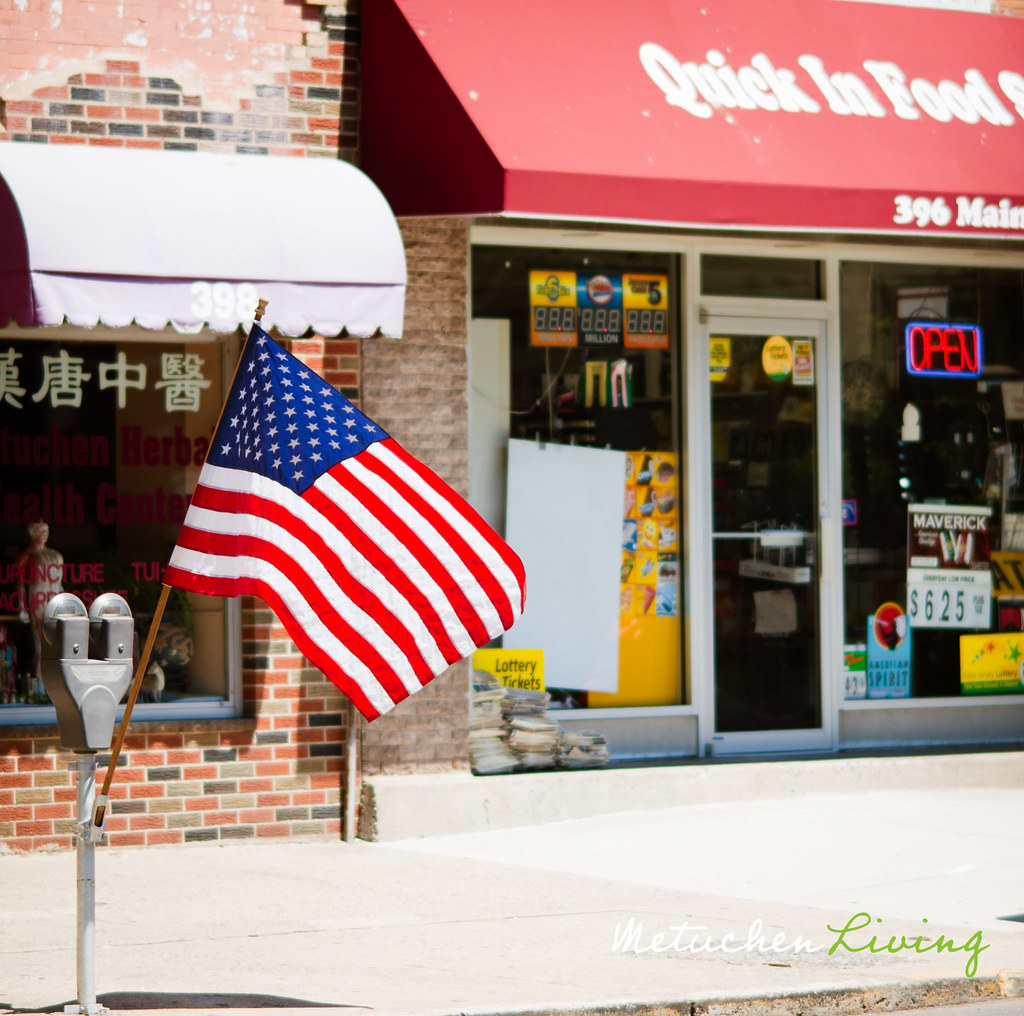

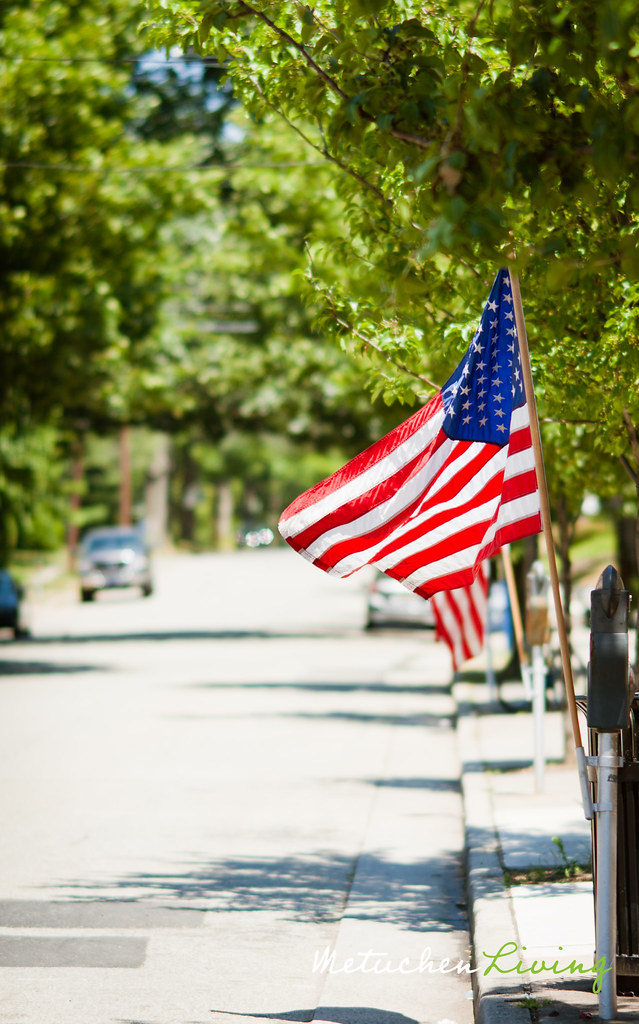
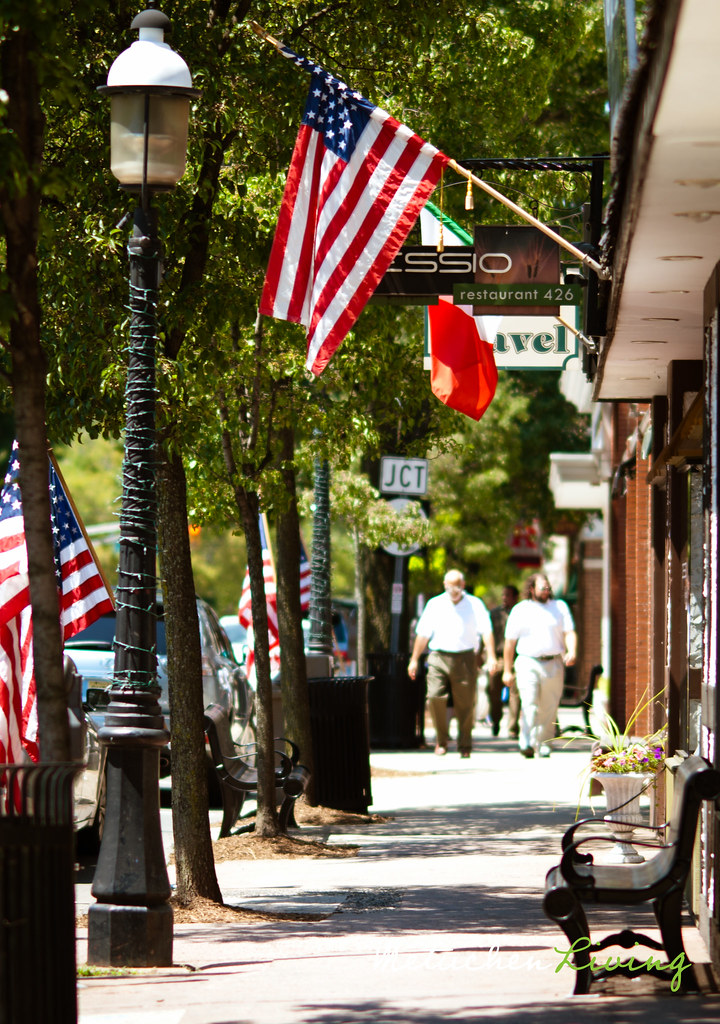
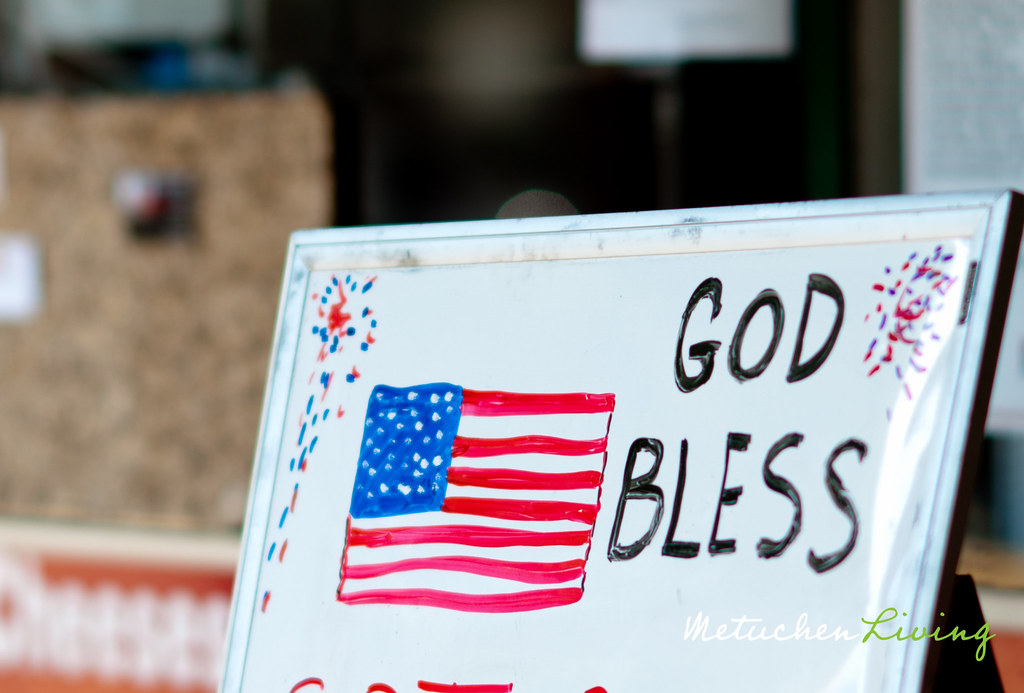
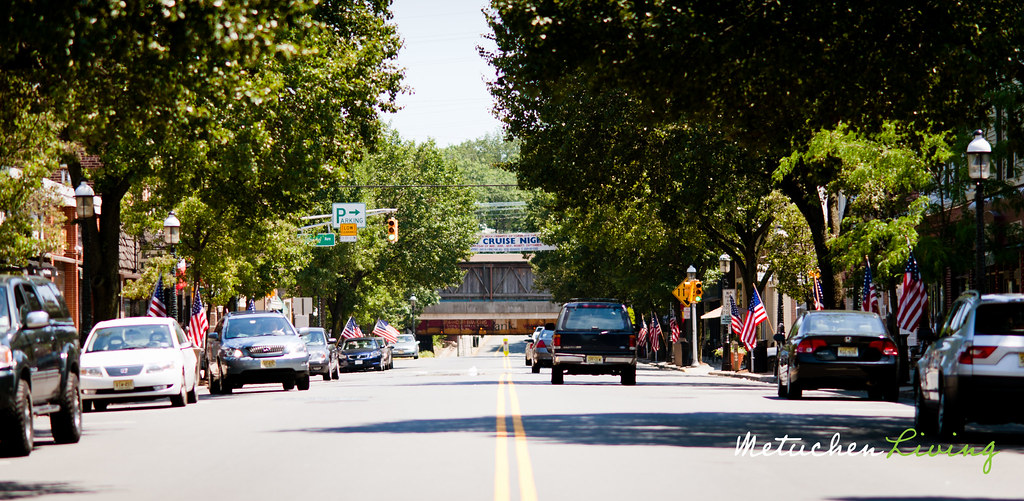
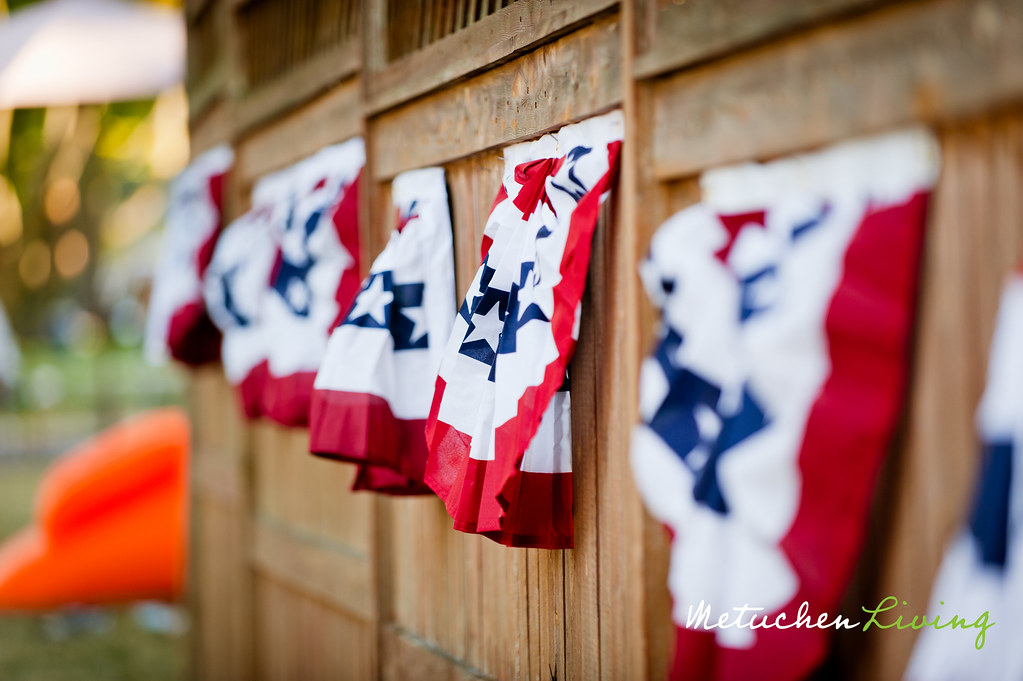
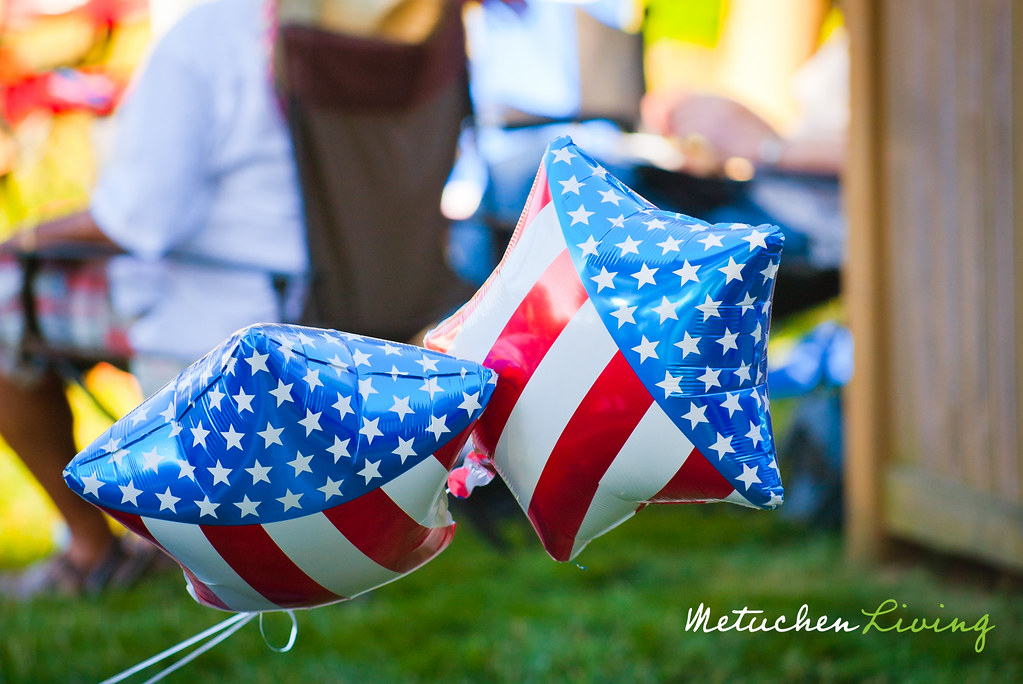
The Fourth Of July And Other Myths Of Independence
This Fourth of July, Americans will celebrate the adoption of the Declaration of Independence with picnics, parades and, of course, fireworks. It’s a tradition that’s been in place for more than 200 years — and for more than 200 years, it’s been kind of wrong.
“It is the right day to celebrate the Declaration of Independence,” author and historian Ray Raphael tells NPR’s Guy Raz. “It is not the right day to celebrate the signing of the declaration or the right day to celebrate independence. The vote for independence was on July 2 — two days before — and the first signing of the declaration … was not until August 2 — a month later.”
In his book Founding Myths: Stories That Hide Our Patriotic Past, Raphael explores the truth behind the stories of the making of our nation — like how America ended up lighting fireworks on the 4th and not the 2nd.
Debunking The Fourth Of July
Raphael says that even the writers of the declaration expected July 2 to be the day that went down in history.
“Adams wrote a letter to his wife, Abigail, on the 3rd of July, the day after they voted for independence, saying the 2nd of July will always be remembered and will be celebrated with parades and illuminations and patriotic speeches,” Raphael says. “He described the Fourth of July to the tee, but he called it the 2nd.”
America ended up with the 4th because that’s the day the Declaration of Independence was sent out to the states to be read. The document was dated July 4, so that’s the day they celebrated.
‘The Whites Of Their Eyes’
Many Americans learn about the Battle of Bunker Hill way back in grade school. It is taught that it was the first major fight of the American Revolution, and that because the rebels were running low on ammunition, Col. William Prescott told them not to fire on the British until they saw the whites of their eyes.
“He might have said that,” Raphael says, “and other people say [the military officer] Putnam might have said that.”
The important thing is that apparently people had been saying that for years.
“It was a very common saying back in colonial times,” Raphael says. “It was a figure of speech telling people, ‘Don’t fire until I give the command.’ If they meant that literally, we would have been absolutely overrun.”
‘One If By Land, And Two If By Sea’
In 1860, on the eve of the Civil War, American poet Henry Wadsworth Longfellow wrote “Paul Revere’s Ride,” a poem about the patriot’s fateful ride in 1775 to warn the rebel forces of the British army’s movements before the battles of Lexington and Concord.
Longfellow wrote:
He said to his friend, “If the British march
By land or sea from the town to-night,
Hang a lantern aloft in the belfry arch
Of the North Church tower as a signal light, —
One if by land, and two if by sea;
And I on the opposite shore will be,
Ready to ride and spread the alarm
Through every Middlesex village and farm …
“Those lines, and that story, was concocted 86 years after the fact by Longfellow, who was trying to issue a call to arms for the Civil War,” Raphael says. “In fact, Paul Revere was one of many riders that night.”
Raphael also says Revere was not actually the one looking out for the signal lanterns — it was somebody else, and “that somebody else just rode off and disappeared from history.”
So how is it that with so much evidence stacked against them, these creation myths are still taken for truth today?
“They were meant for kids, and that’s where we still learn them,” Raphael says. “Most of us really have ingrained our history from that childhood experience, and we just don’t move beyond it.”
But mostly, he says, they’re just really good stories.